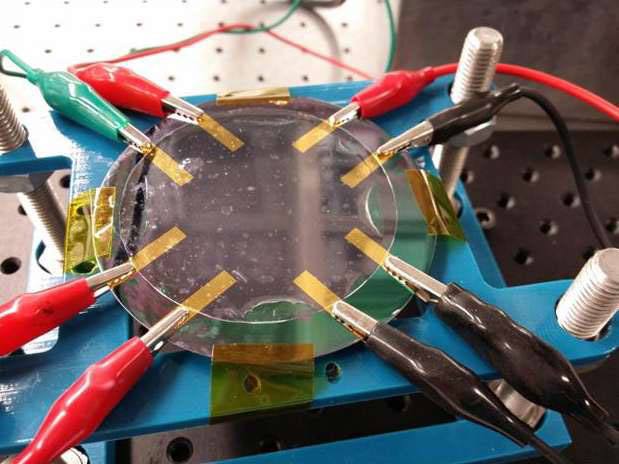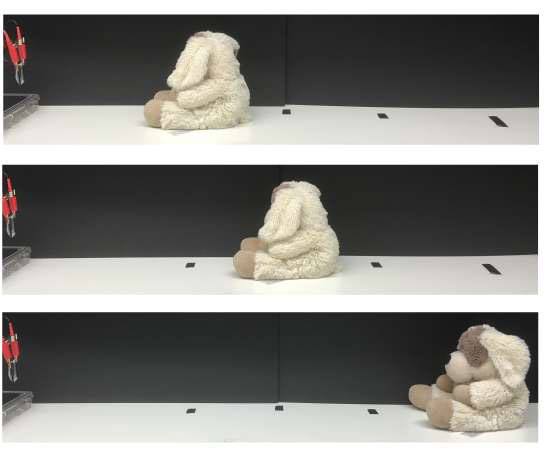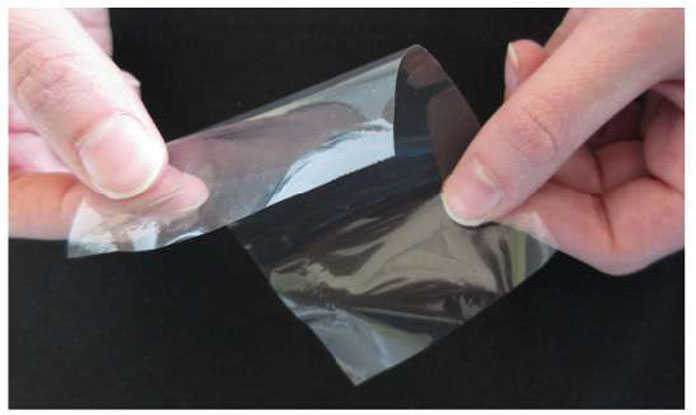Artificial skin has the potential that it can induce regeneration of skin in humans. Previously, MIT scientists had developed a type of artificial skin that could temporarily tighten the skin. That skin could efficiently give the user a new look with no side effects. This time scientists from Caltech and ETH Zurich came up with a new type of artificial skin that senses temperature changes.
Human skin mimics as a protective layer between our internal body systems and the outside world. It has the ability to sense various temperature changes. Similarly, this artificial skin is capable of detecting several temperature changes using a mechanism similar to the one used by the pit organ that allows pit vipers to sense their prey.

Scientists created a material during fabricating synthetic woods in a petri dish. The material shows a strong electrical response to temperature changes in the lab. Then the material turned into a material i.e., pectin- that can sense temperature. Pectin is a long-chain molecule present in plant cell walls.
Professor Chiara Daraio said, “Pectin is widely used in the food industry as a jellifying agent; it’s what you use to make jam. So it’s easy to obtain and also very cheap.”
While concentrating on pectin, scientists ultimately created a thin transparent flexible film of pectin and water. This film is only 20 mm thick. In this film, pectin molecule was bonded into a double-strand structure that contains calcium ions. So, whenever temperature raises, these bonds break down and the double strands release the positively charged calcium ions.
Due to the high concentration of free calcium ions, material decreases the electrical resistance.

Current artificial skin senses temperature of less than a tenth of a degree Celsius across a 5-degree temperature range. But, this new skin could sense over 45-degree celsius temperature range. In addition, it has a responsivity that is two orders of magnitude larger than those of other electronic skins.
It uses a mechanism similar to the one used by the pit organs in vipers. In those organs, ion channels in the cell membrane of sensory nerve fibers expand as temperature increases. This dilation allows calcium ions to flow by generating electrical impulses.
According to scientists, it could prove itself useful in the field of robotics and biomedical. Now they are concentrating on boosting that up to 90 degrees Celsius.
Daraio said, “This would make pectin sensors useful for industrial applications. For example, thermal sensors in consumer electronics or robotic skins to augment human-robot interactions. To do so, we will need to change the fabrication process to create the material.”
